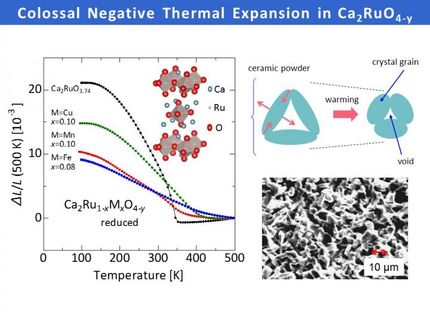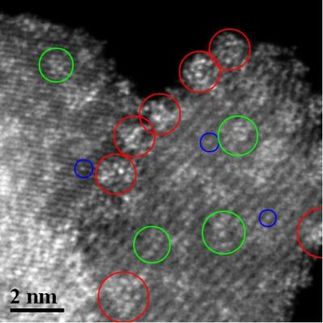Boeing donates microwave technology to Washington State University
Drying process could one day revolutionize fresh food preservation
Advertisement
Boeing has donated patents to Washington State University for microwave technology originally designed to dry out spacecraft after ocean landings and cure composite materials for fighter aircraft that could now be used to produce new, flavorful, dried fruits and vegetables that are free of additives.
Called the Microwave Vacuum Dehydration Technology, or MIVAC®, the technology could revolutionize the commercial process for preserving fresh foods. The process integrates microwave energy and vacuum to dry food quickly at very low temperatures. The result is lightweight dried products that retain their original color, flavor, shape and nutritional value. Strawberries remain naturally red, for example, and grapes stay tangy and tasty without the use of chemical additives.
The value of the donated intellectual property, including three Boeing patents and numerous documents that provide related know-how for the use of the microwave drying process, has not been disclosed.
" Research into MIVAC technology began in the 1970s at McDonnell Douglas, now part of the Boeing Company, with a view to expanding the utility of vacuum drying techniques developed for space programs and for the curing of composites for our fighter aircraft," said Fred Wear, a Boeing engineer who has been instrumental in the development of the technology. "Over the years, we have spent some $2.5 million to gather the know-how that has gone into the processing technology and equipment.
" In the 1980s, we designed the microwave apparatus that consisted of the 40-foot-long MIVAC dehydration equipment then being used by Dr. Carter Clary at California State University-Fresno," said Wear. Dr. Clary is now a scientist with Washington State University's Agricultural Research Center and an assistant professor in the department of Biological Systems Engineering at WSU.
The possibilities for the technology's applications, he said, have ranged from the drying of medical waste, removal of toxic solvents from waste, and preparation of pharmaceutical products to the killing of insects in grains.
Dr. Carter Clary, the principal investigator of MIVAC research at Washington State University, worked with the development of the technology for some 20 years. He said, "MIVAC introduces a revolutionary way of uniformly heating fruits and vegetable so that the moisture vaporizes from all areas of the food product simultaneously. The benefits of the process include rapid, low-temperature dehydration without changes in color, flavor, appearance and nutritional value.
Moreover, it was found that MIVAC technology produces food quality superior to that of freeze-dried products but at a cost that is only a little more than traditional air-dried process. Its most likely application, he said, would be for cereals, snacks, nutritional bars and other reconstitutable fruit-based products.
























































